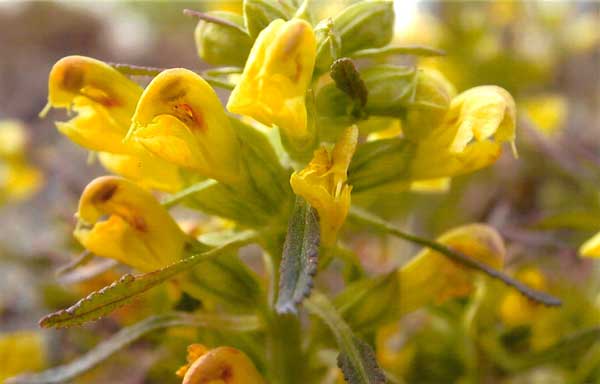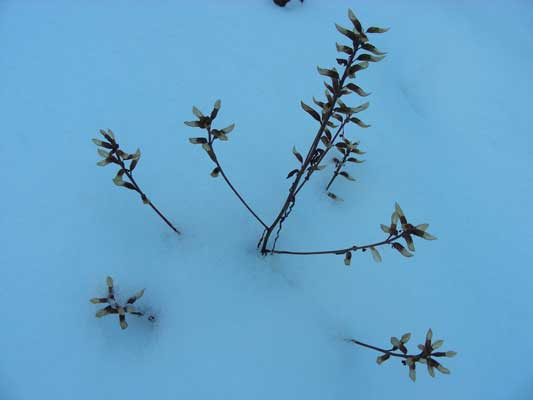Pedicularis labradorica : Labrador Lousewort
Taxonomy | Description | Biology | Ecology | Uses | Images | Range Maps
Taxonomy |
Scientific Name:Kingdom: Plantae Division:
Class: Dicoteldonae (two seed-leaves) Family: Scrophulariaceae (Figwort Family) Genera: Pedicularis (Lousewort, Fernweed) (Lat. pediculus = a louse; animals who ate these plants were said to be protected from lice.) Species: labradorica (of Labrador, where this species was first found and described) English Name(s):Labrador Lousewort, Labrador Fernweed First Nation Names:
|
Description |
Structure:
Leaves:
Reproductive Parts:
Seed:
Not to Be Confused With:
|
Biology |
Physiology:
Life Cycle:Seasonal Cycle:
|
Images |
|
Plants in bloom from above Plant in bloom side view Flowers side view Leaves Plant gone to seed Plant in winter Illustration from: Illustrated flora of BC |
Range Maps |
|
World Range: Circumpolar with large gaps, subarctic-alpine; in N.A. from GL and NL to AK and northern BC.
In Yukon: found throughout much of the territory |








